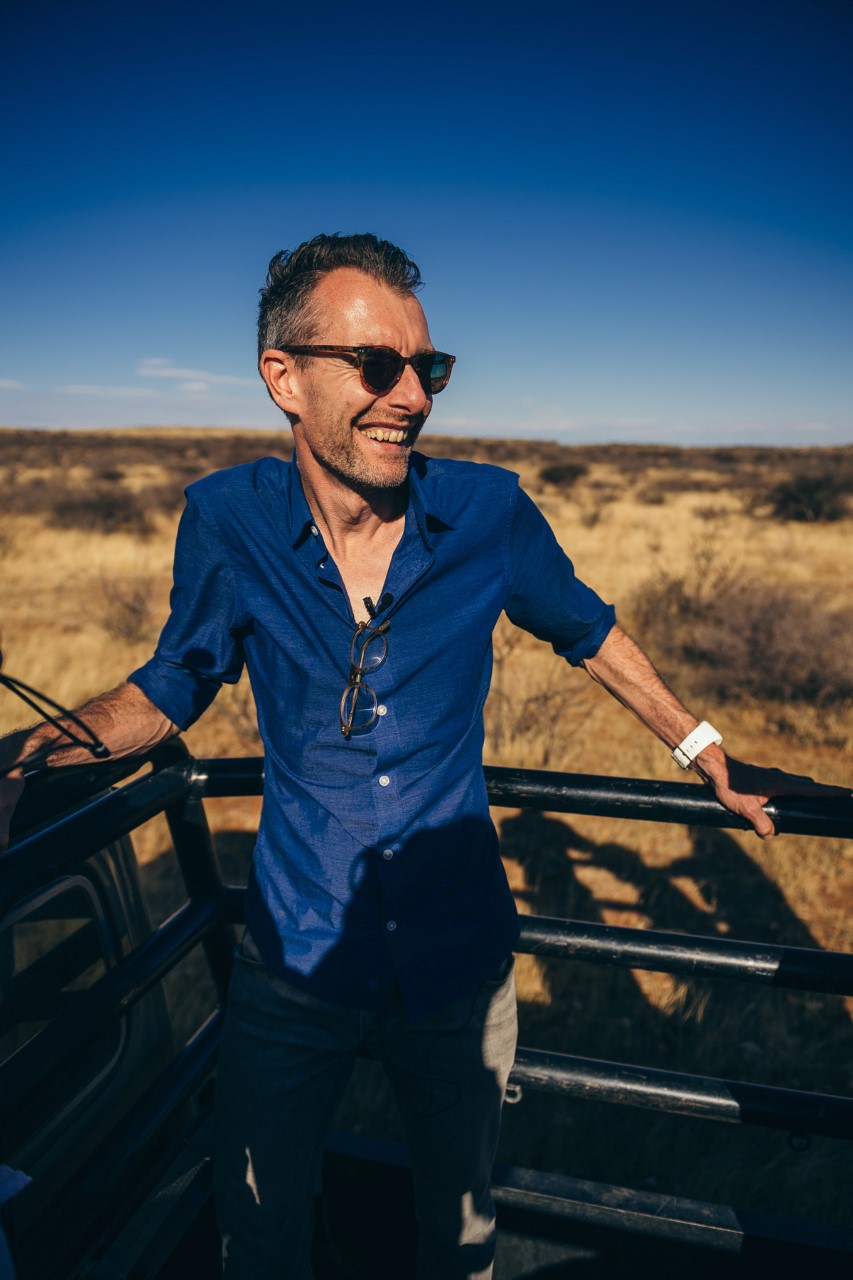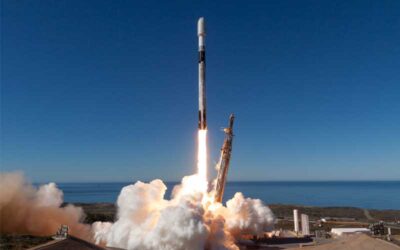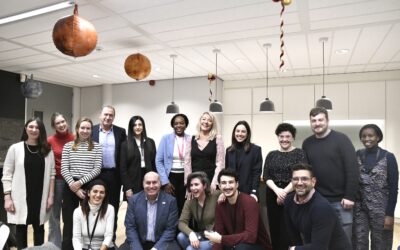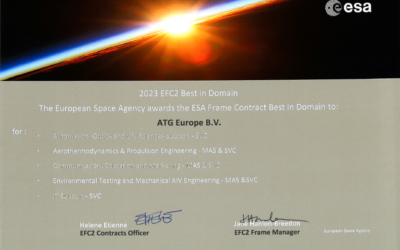ATG Talk by Dr Marc Klein Wolt on Unlocking the secrets of our Universe
Our last ATG Talks took place on the 21st of April 2022 with a one-hour Exclusive presentation on “The secrets of our Universe” and the upcoming Moon project with Dr. Marc Klein Wolt – Managing Director and co-founder of the Radboud Radio Lab (RRL) of the Radboud University Nijmegen.
Everyone gathered up for what was expected to be an exclusive presentation on “The secrets of our Universe”, and the premises of an upcoming, collaborative Moon project with ESA (European Space Agency) and ATG Europe.
After a few words from our CEO – Gian Carlo COLETTA, Marc kicked things off by giving us a brief overview and mentioned how difficult it was to compress Marc’s impressive background in a single introduction. It would require a Talk of its own.

Dr Marc Klein Wolt
Managing Director at Radboud Radio Lab - Assistant Professor Astronomy Radboud University
And so, the story begun to unfold. With images of the current instruments behind the moon and the first images of a Black Hole. This took us to how Marc contributes actively in Namibia and in space, to take these breath taking images.
A black hole is a place in space where gravity pulls so much that even light cannot get out. The gravity is so strong because matter has been squeezed into a tiny space. This can happen, for instance, when a star is dying. Because no light can get out, people can’t see black holes. That’s where Marc’s team contributes greatly to the international consortium referred to as the Event Horizon Telescope.
After digging deeper into the background on black holes and how his team try to imagine and computerize the radiation stemming out of these Black Holes. This work is also the basis or a close collaboration with Avatar (and ATG Europe) that was recently started.
After zooming in into our own galaxy and amazing simulations, Marc took us on a journey to a Black Hole and how we finally achieved to capture that photo and how telescopes will allow us to see even further into their history. Because with a telescope the size of the Earth we can see an apple on the Moon, the black hole in the centre of our own galaxy, but also the black hole in a galaxy 1000 times further away, and 1000 times heavier, can be imaged.
Keep in mind, we cannot build a telescope the size of the earth, but we can make a virtual telescope by connecting telescopes around the globe – that is when the EventHorizonTelescope steps in. But there is a gap in the network: Southern Africa.
A new telescope in Namibia would fill that gap, allow for more connections to existing telescopes and hence for better images, and for longer observations of the centre of our own galaxy. Which is why Marc took the time to also mention how he is championing this decision by setting up a Telescope in Namibia, for Namibia.

Onto the second part of the presentation, Marc took extra care into giving us a full tour of what has been happening between his teams and the Chinese Space Agency. Marc’s teams designed and build a radio telescope that is now on a relay satellite behind the moon. The relay satellite is part of the Chang’e 4 lunar mission. In this way, the Dutch team contributed to the first ever landing of a Chinese lander and rover on the far side of the moon. Marc spoke about the challenges, the many successes, its engineering and the future of the mission.
An antenna which will serve as a pathfinder experiment to detect the weak radio signals from the dark ages of the exceedingly early universe when it still largely consisted of hydrogen, and no stars are born yet. With currently one antenna in a Lunar L2 orbit since 2018, Marc’s Topical Teams at ESA hope to land one more in the South Pole and ultimately, an entire network on the far side of the Moon.
Everyone felt subjugated by the amount of information Marc could condense in the span of an hour and how inspiring the universe can be. Giving us much insight into the project and how they can better serve how we can see and study the early origins of our own universe, black holes and our own Moon.
At ATG Europe, our will to innovate also comes from the understanding of how to restitute our passion and what makes up a vital part of our daily lives – Our many, highly technical practices. In fact, it is only by better educating and realizing the disparities that lie out there that we can truly contribute to the future of our industry, as well as driving our innovation forward.
Want to know more? You can also get a complete overview of all the projects in the Radboud Radio Lab at www.radboudradiolab.nl


